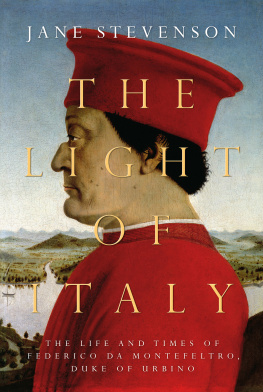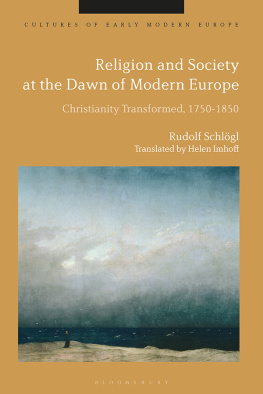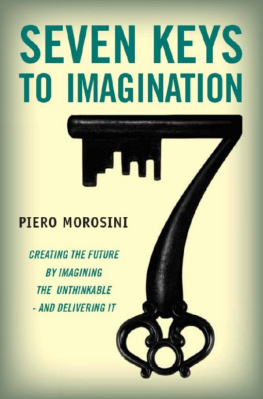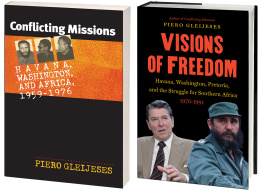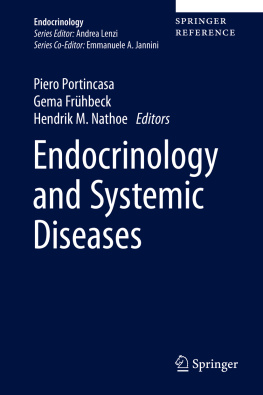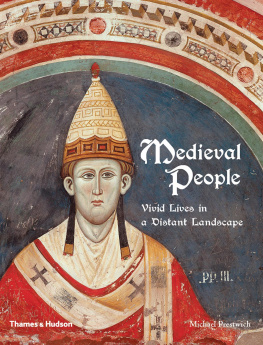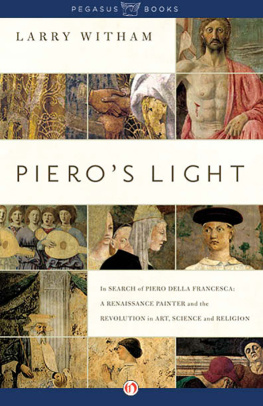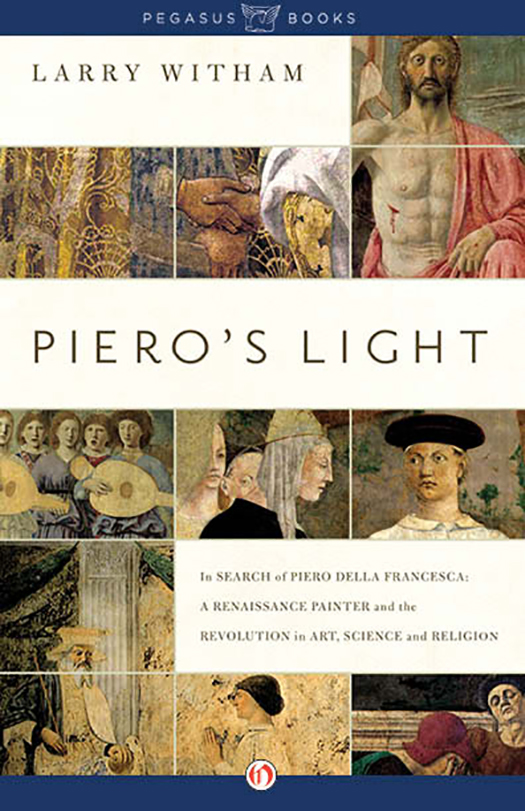Larry Witham - Pieros Light: In Search of Piero della Francesca: A Renaissance Painter and the Revolution in Art, Science, and Religion
Here you can read online Larry Witham - Pieros Light: In Search of Piero della Francesca: A Renaissance Painter and the Revolution in Art, Science, and Religion full text of the book (entire story) in english for free. Download pdf and epub, get meaning, cover and reviews about this ebook. year: 2015, publisher: Pegasus, genre: Detective and thriller. Description of the work, (preface) as well as reviews are available. Best literature library LitArk.com created for fans of good reading and offers a wide selection of genres:
Romance novel
Science fiction
Adventure
Detective
Science
History
Home and family
Prose
Art
Politics
Computer
Non-fiction
Religion
Business
Children
Humor
Choose a favorite category and find really read worthwhile books. Enjoy immersion in the world of imagination, feel the emotions of the characters or learn something new for yourself, make an fascinating discovery.
- Book:Pieros Light: In Search of Piero della Francesca: A Renaissance Painter and the Revolution in Art, Science, and Religion
- Author:
- Publisher:Pegasus
- Genre:
- Year:2015
- Rating:3 / 5
- Favourites:Add to favourites
- Your mark:
Pieros Light: In Search of Piero della Francesca: A Renaissance Painter and the Revolution in Art, Science, and Religion: summary, description and annotation
We offer to read an annotation, description, summary or preface (depends on what the author of the book "Pieros Light: In Search of Piero della Francesca: A Renaissance Painter and the Revolution in Art, Science, and Religion" wrote himself). If you haven't found the necessary information about the book — write in the comments, we will try to find it.
In the tradition of The Swerve and Galileos Daughter, Pieros Light reveals how art, religion and science came together at the dawn of the modern world in the paintings of one remarkable artist
In the heart of Tuscany, Piero della Francesca became a painter and mathematician at the dawn of the Renaissance, revealing his innovative mind in some of the best known images from that period, and in his unusual writings on geometry. Yet as a personality, Piero remains a mystery. He leaves an enigmatic legacy that ranges from the merging of religion and mathematics to his use of perspective to make painting a true science.In this engaging narrative, Larry Witham transports us to Pieros tumultuous age, a world of princes and popes, soldiers and schisms. Pieros Light also reveals how he was part of the philosophical revival of Platonism, an ancient worldview that would shape art, religion, and sciences transition toward modernity. Just sixteen of Pieros paintings survive, but these images and his writings would fuel some of the greatest art historical debates of all time.
Through Withams wide research, Piero emerges as a figure who marks a turning point in Western culture. Our past understanding of faith, beauty, and knowledge has been radically altered by a secular age, and the story of Piero helps us understand how this has taken place. The search for Piero has continued among both intrepid scholars and art lovers of all kinds, and it is no wonder: few artists in history take us as deeply into the intellectual excitement of the Renaissance as Piero della Francesca. 8 page color insert
Larry Witham: author's other books
Who wrote Pieros Light: In Search of Piero della Francesca: A Renaissance Painter and the Revolution in Art, Science, and Religion? Find out the surname, the name of the author of the book and a list of all author's works by series.


